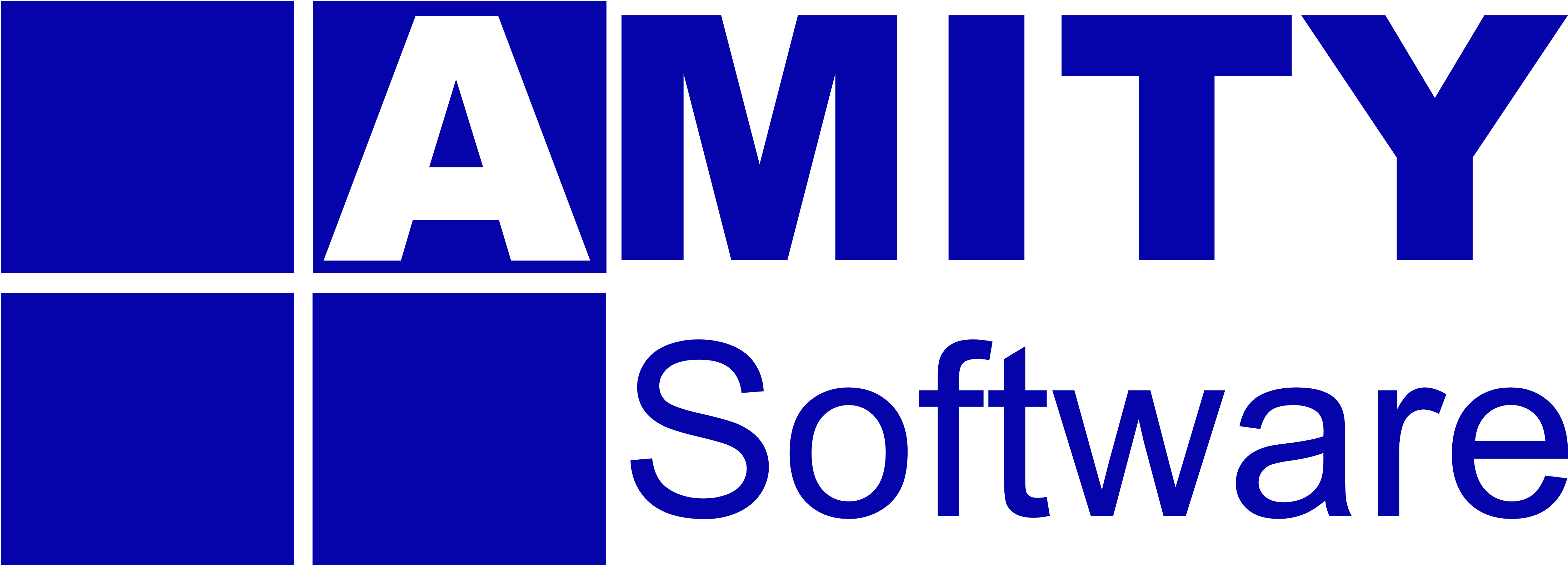Top 5 Insurance Software Solutions for Enhanced Productivity

The last few decades have shown a positive trend in the rapid investment across the insurance software solutions market owing to the increasing demand for automation and digital transformation. As per the recent market report, the Insurance Software Market is pegged to achieve a valuation of USD 6.6 Billion by 2023, with an annual growth rate of 6.6% from 2024 to 2033. With this, and many other proponents of investing in insurance software solutions it becomes equally important to identify those software solutions which enhance the productivity of your businesses.
This blog covers 5 key insurance software solutions that can be considered as an essential set of tools for streamlining your workflows according to the end objectives. At the end of this blog, you’ll be able to distinguish between the current workflows within your insurance business and align them with the software solutions discussed here.
Top 5 Insurance Software Solutions for Productivity
1. Cloud-based CRM Software for the Insurance market
Customer Relationship Management (CRM) is one of the kinds of insurance software products that have recently gained popularity among insurers due to its ability to streamline the communication between insurance and its associated customers. When it comes to effective client management, this software stands out as an organized platform offering an intuitive interface to manage client-related workflows including policy renewals, claims and denial management. Moreover, its more recent cloud variant has offered much scalability and flexibility in terms of customization as per one’s requirements.
Key features
- Contact management: Store and manage information related to clients, prospects, and leads.
- Sales & Marketing automation: Targeted email marketing campaigns and newsletters. Automation of sales processes and task assignments.
- Analytics & Reporting: Predictive analytics for determining customer behaviour and sales trends. Offering customizable dashboards for distinguished roles with intuitive design.
- Scalability: Offers multi-tenant architecture for accommodating diverse user bases and customizing resources as per the specific business needs.
User experience:
This software solution not only acts as an omnibus point of contact between customers and insurance companies but also serves equally judiciously in ensuring lead nurturing, which helps the sales team focus on the most promising lead prospects. Likewise, insurance businesses can also make real-time decisions based on the KPIs.
2. Insurance Underwriting Software
For those unversed with this term, ‘underwriting’ refers to the computation of the risks associated with offering insurance products and loans. This may include evaluating everything ranging from the candidate’s eligibility criteria for applicants, determining premium or interest rates, and predicting the possibility of an applicant turning defaulter. Let’s see how automating this task of underwriting makes a whole world of difference in transitioning from manual underwriting.
Key features
- Automated Data Collection & Processing: Not only does it support automatic data entry but also combines external data sources such as Bureau records and public databases for real-time data extraction.
- Risk Assessment: A predefined risk calculation algorithm minimizes the degree of uncertainty in real-time risk analysis.
- Machine learning integration: Data is modelled to self-learn from the existing trends thereby, reducing the dependency on standard underwriting practice.
User experience:
This software product serves as a turning point in reducing the complexity of decision-makers for underwriting-related tasks. Most importantly, it allows underwriters to rely on a set of comprehensive data that alienates chances of discrepancies.
3. Insurance Claim Management Software
Investment in any of the modern claim management software is deemed a strategic move that can yield significant dividends for your insurance business given the vast chunk of resources getting drained in the resolution of claim-related disputes. These are software products that are aimed at streamlining the task of claim management through the entire claim lifecycle beginning from the initial claim filing to the settlement of the claim remuneration.
Key features
- Integration with external endpoints: Modern-day claim management systems show the capability of retrieving commands from multiple sources and proposing resolutions based on them. These software systems must integrate with external systems like billing, CRMs, and policy administration among others.
- Fraud detection & prevention: Manual claim processing would attract legal challenges landing insurers in trouble. However, the modern claim management systems are robust throughout their work pipeline.
User experience
This software suite plays a major role in aiding communication between the insurers, agents and the end customer, thereby bringing them all on the same page.
4. Document Management Software
This software removes the hassle around the pre-existing clustered retrieval of insurance related information and automates this filing and retrieval procedure just by the name of the client. It serves in the capacity of a version controlling system that helps in retrieval of the changes made throughout the lifecycle of the project.
Key features
- Centralized repository: With a dedicated centralized repository in place, working in collaborative environment becomes a seamless experience.
- Version controlling: It helps in ensuring the document integrity with version controlling mechanism, making it easy to keep track of the changes throughout the project phase.
- Mobile access: This allows remotely accessing changes on the go with mobile-friendly interface enhancing the efficiency at work.
User experience
With advanced features of version controlling in place, all team members can work in a synergy with the latest changes in place, thereby reducing errors and maintaining consistency across the system.
5. Policy Management Software
It is a specialized software solution designed to ensure the automating the administration of health insurance policies. It facilitates the entire lifecycle of a policy right from the policy issuance to enhancing operational efficiency.
Key features
- Policy Administration: Ensures automatic premium calculation based on policy strictures and settlement of claims through automated billing procedures.
- Claim integration: Integrating with a claims management system for the easy handling of claims and performing a comprehensive tracking of all claims related to a policy.
- Automated reporting: Maintains policy updates and periodically track downs on the audit trails.
User experience
The system serves as a major contributor in reducing turnaround times for both the customer and the insurers thereby improving product delivery time.
Final thoughts!
As we’ve reached the end of this blog, here are some of the key findings that would help in deciding the right choice of insurance product to go ahead with. The blog covered 5 prominent insurance software solutions namely CMS, DMS, CRMs, Underwriting software and Policy Management Software. Alongside, the features associated with each of them are also discussed to further enhance the degree of productivity for both the insurers and the end customer.
To know more about the products that are suitable for your business, contact us.












